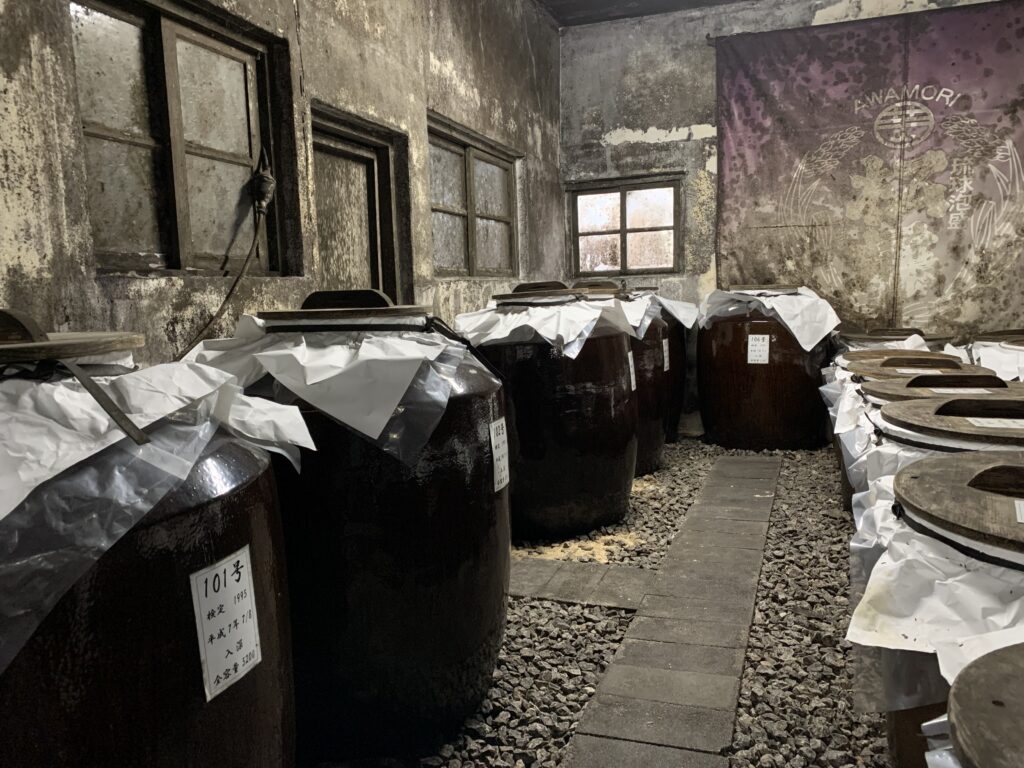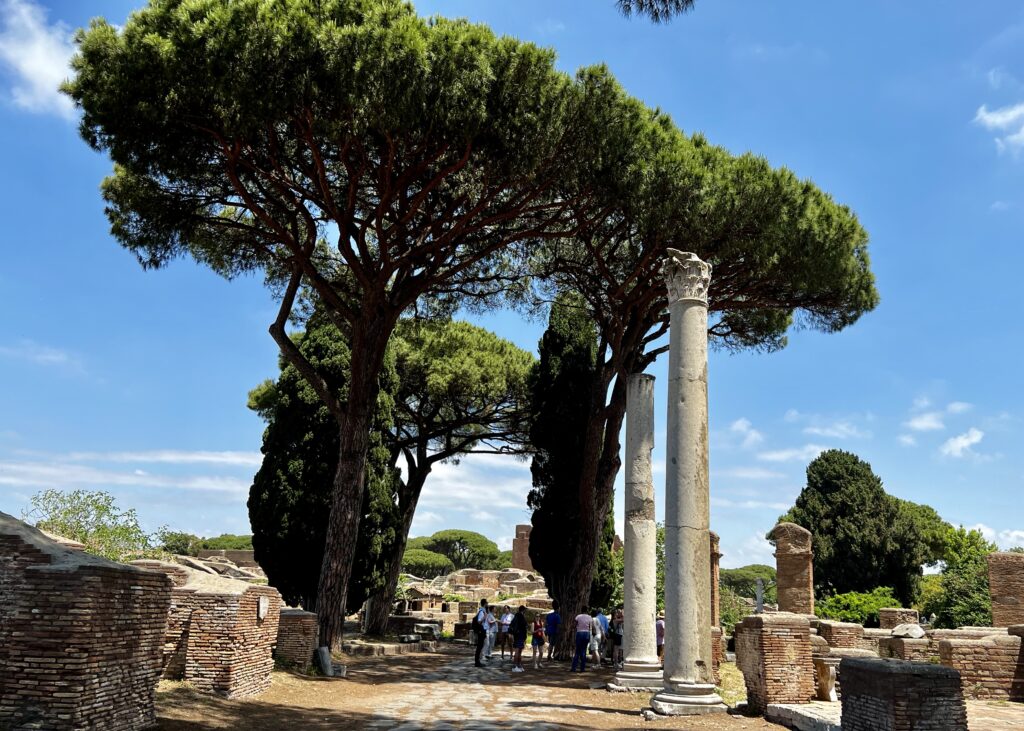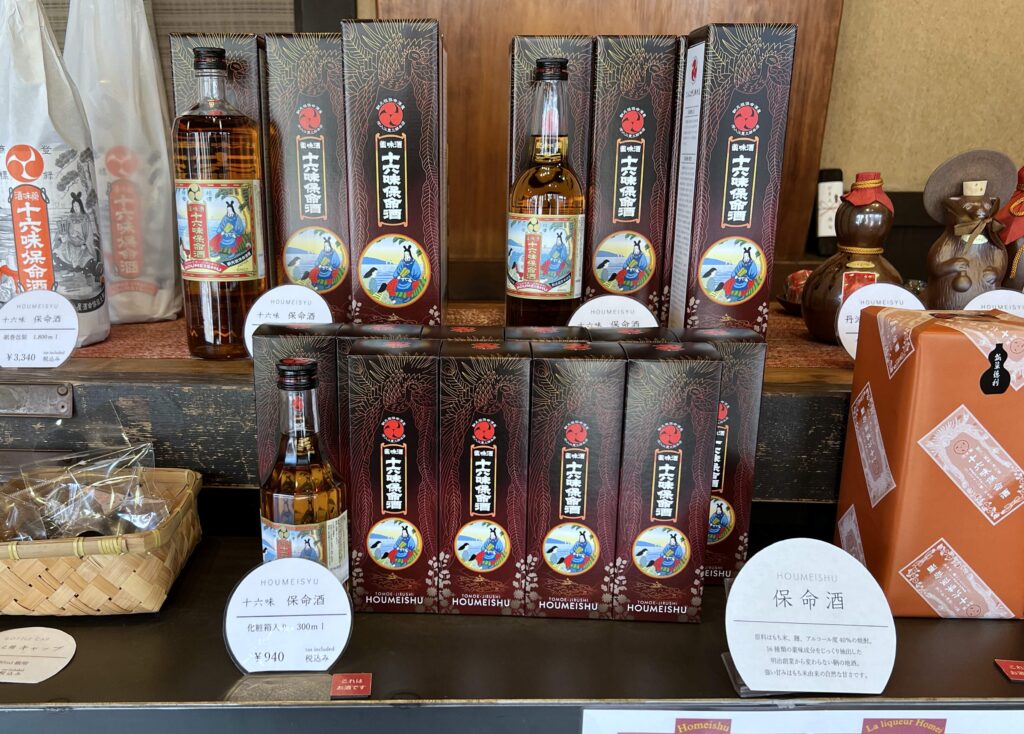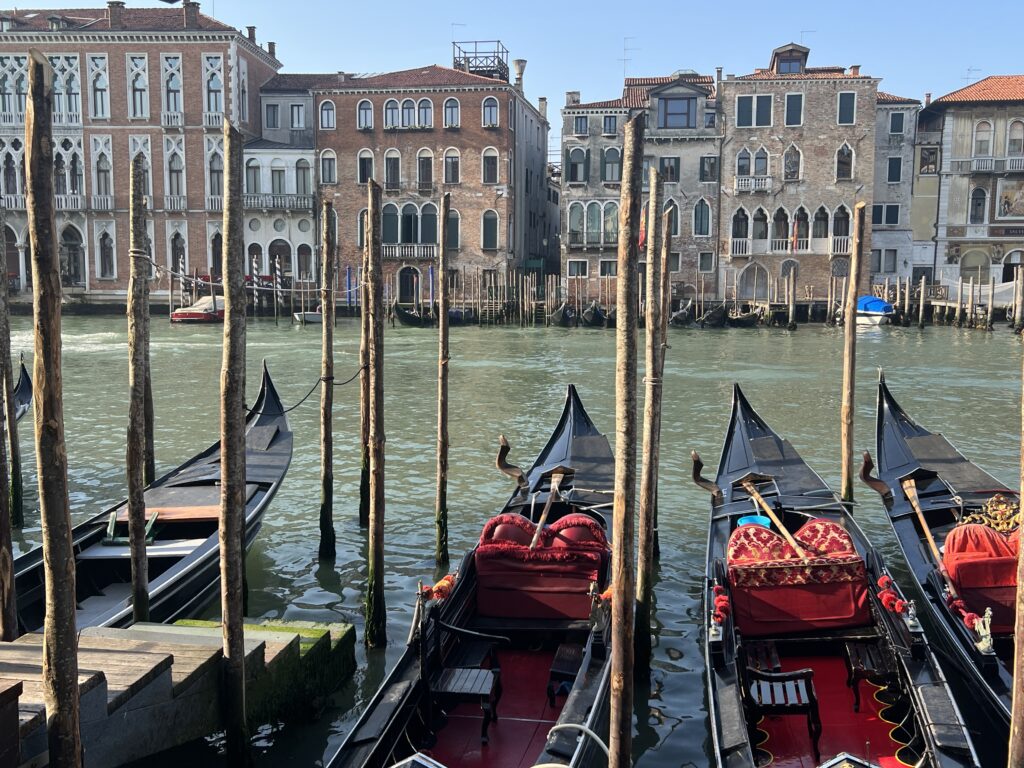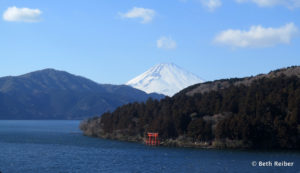Nothing heralds the birth of spring more joyously than Japan’s cherry trees. Bursting forth in spectacular shows of shimmering pink, the beautiful blossoms have long been celebrated in literature, song, and art.
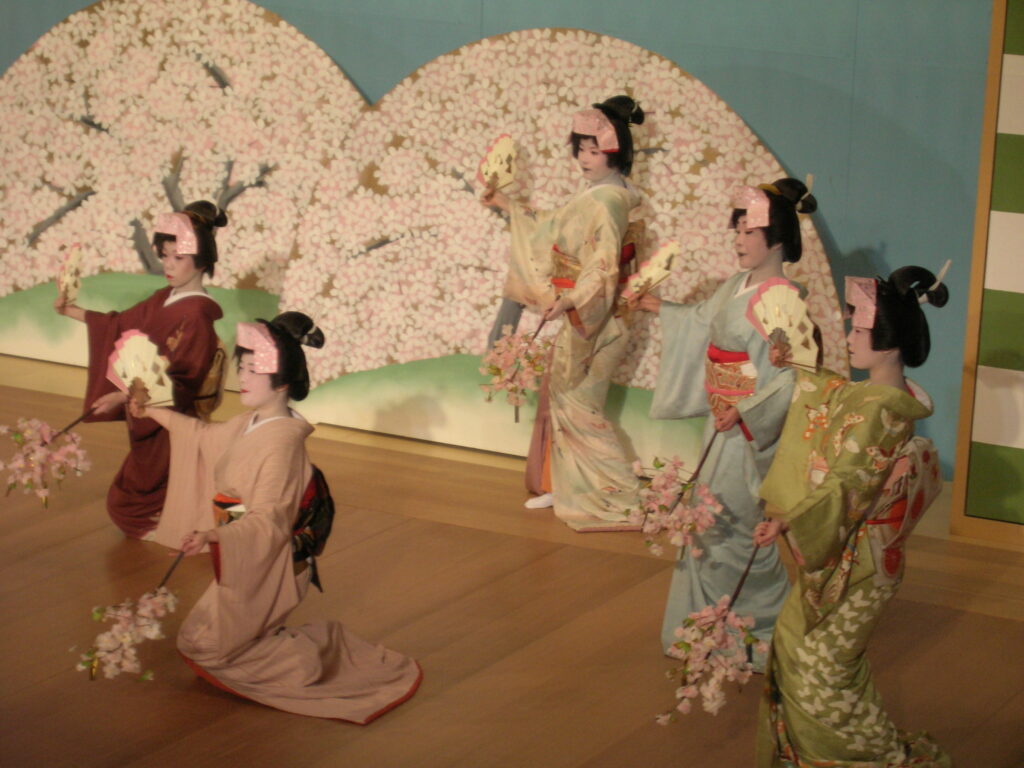
Lasting about a week, the blossoms symbolize the transient nature of our own existence and the cycle of life. In fact, the Japanese are so attuned to the annual viewing of flower blossoms that they have a name for it: Hanami.
History of hanami
The arrival of Japan’s cherry blossoms (sakura) has been celebrated for more than 1,000 years. Originally, sakura was associated with the planting of rice, when offerings were presented to the kami (deities) who resided in cherry trees in hopes of a good harvest. During the Heian Period (794-1192 CE), the custom of flower-viewing parties held underneath the blossoms gained favor with the imperial court in Kyoto, complete with sake, food, and poems (what I wouldn’t give to have participated in that). Later, during the Edo Period (1603-1867), the Tokugawa shogunate encouraged hanami among common people by planting cherry trees, such as those that line the Sumida River in Edo (present-day Tokyo) still today.
Hanami today
Hanami is embraced by the entire nation. Everyone has their favorite viewing spot, whether it’s along the banks of rivers or canals, on castle grounds, around shrines and temples, in public parks, and even cemeteries.
People come out in droves to stroll along petal-strewn walkways or to gather for food and sake under the branches of pink canopies. Photographers snap photos of the fragile blossoms like they’re famous movie stars. In some places, trees are lit at night, giving them an ethereal beauty.
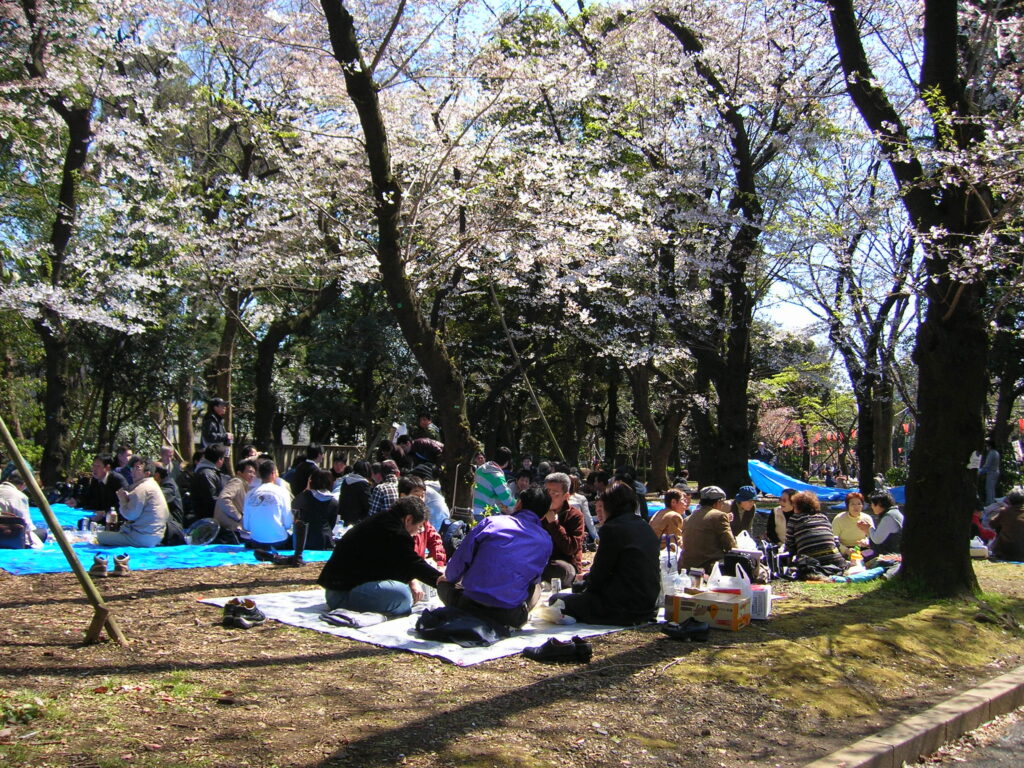
Although the season for cherry blossoms can vary from year to year, it usually begins in Okinawa around the end of January, travels through Kyushu and Honshu from the middle of March and into April and reaches Hokkaido by early May. The progression is carefully monitored by Japanese media, which provides forecasts of when flowers will be in full bloom so people can plan picnics and outings.
Types of sakura
More than 100 varieties of cherry trees are cultivated in Japan, most of them created with desired forms and hues just for our viewing pleasure. The most common cherry tree, however, is the 5-petal Somei Yoshino, cultivated since the Edo Period and accounting for about 80% of the country’s cherry trees. The Yaezakura refers to cherry trees with more than five petals and are known for their large blossoms. The Yamazakura is a native wild cherry tree commonly seen on mountain slopes. The Shidarezakura (weeping cherry tree) is the drama queen of cherry trees, with beautifully arching branches that take center stage when lit at night.
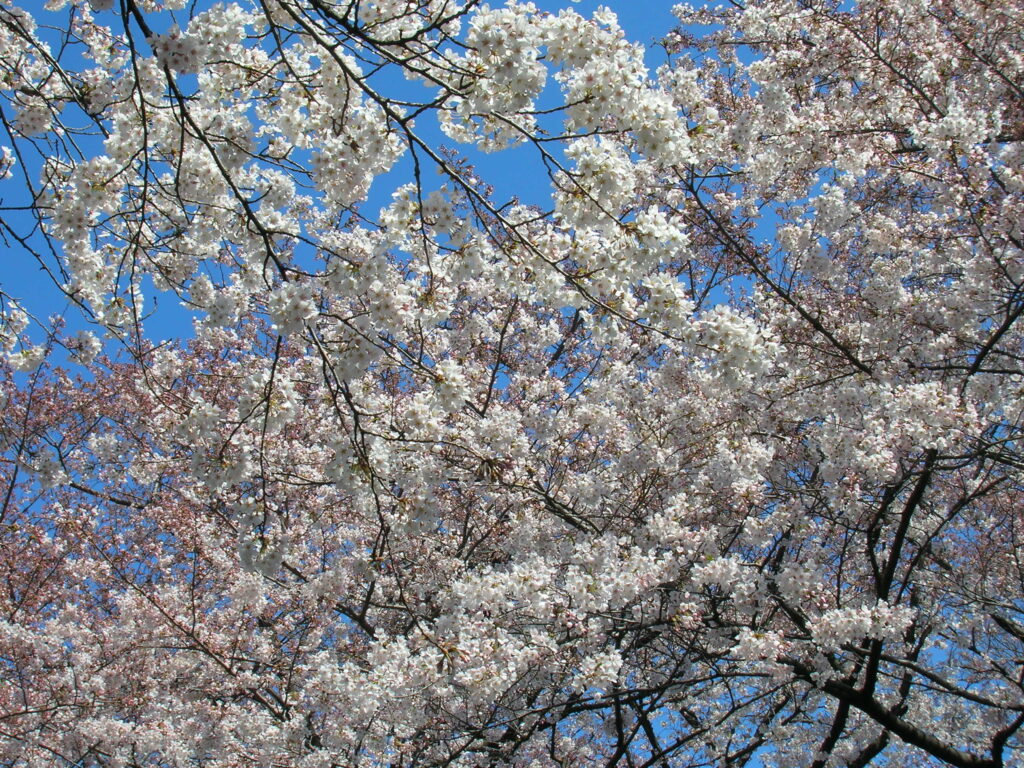
Some cherry trees have celebrity status. The Miharu Takizakura, for example, is a “waterfall” weeping cherry tree in Fukushima Prefecture thought to be more than 1,000 years old. It became a symbol of hope and renewal after the 2011 earthquake.
Famous viewing spots for Japan’s cherry blossoms
One of the most well-known viewing spots is Mt. Yoshino in Nara Prefecture, which is covered with some 30,000 cherry trees that color its slopes. The island of Miyajima, a World Heritage Site famous for its Itsukushima Shrine, offers the added bonus of cherry trees near the shrine and elsewhere.
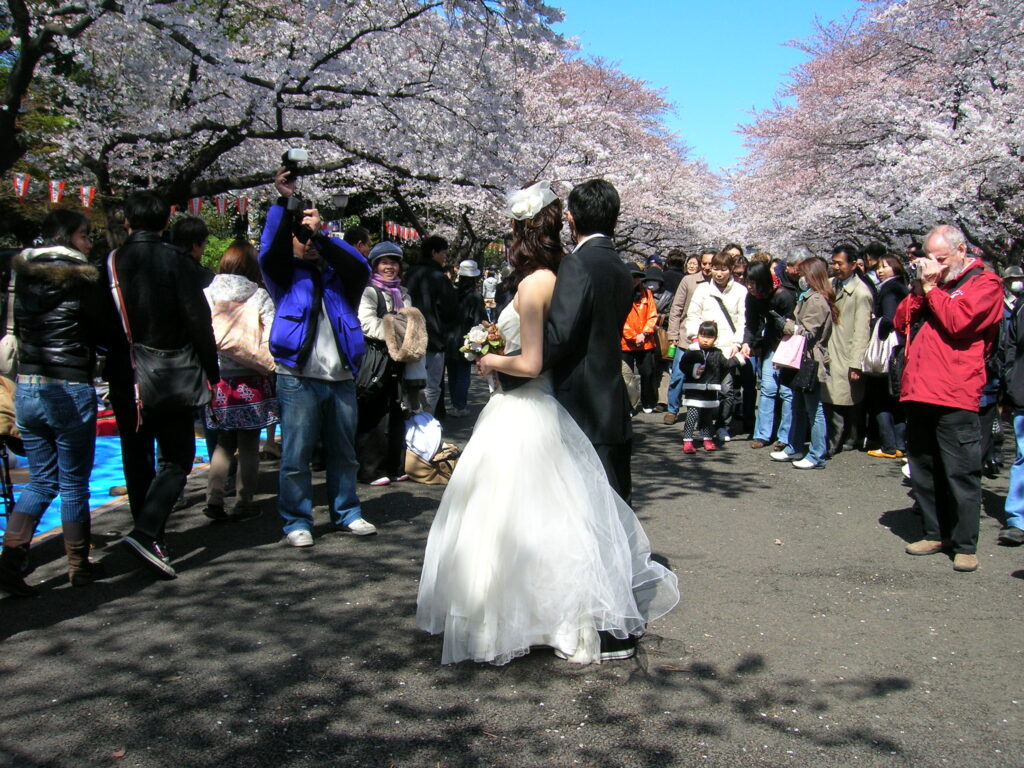
In Kyoto’s Maruyama Koen park, there’s an ancient shidarezakura weeping willow that draws huge crowds when it blooms, especially when lit at night. I also love strolling along Kyoto’s Philosopher’s Path, a canal lined with cherry trees.
Many of Japan’s most well-known castles are famous for their cherry blossoms. Most famous is probably Hirosaki Castle in Aomori Prefecture, with more than 2,500 cherry trees of many varieties gracing its grounds and site of an annual cherry blossom festival held in early May. Its groves of trees are so dense, branches form bright pink tunnels overhead and petals fill castle moats.
Other castle grounds attracting crowds include Nago Castle (Okinawa), Kumamoto Castle, Matsumoto Castle, Matsue Castle, Himeji Castle, Osaka Castle, Nagoya Castle, and Kasumiga Castle in Fukushima Prefecture.
Shrines that are popular viewing spots include Heian Shrine in Kyoto with its beautiful garden, Tsurugaoka Hachimangu Shrine in Kamakura, and Yasukuni Shrine in Tokyo.
For Tokyo’s famous viewing spots, see my article on Tripadvisor, “Everything to know about Tokyo’s cherry blossom season.“
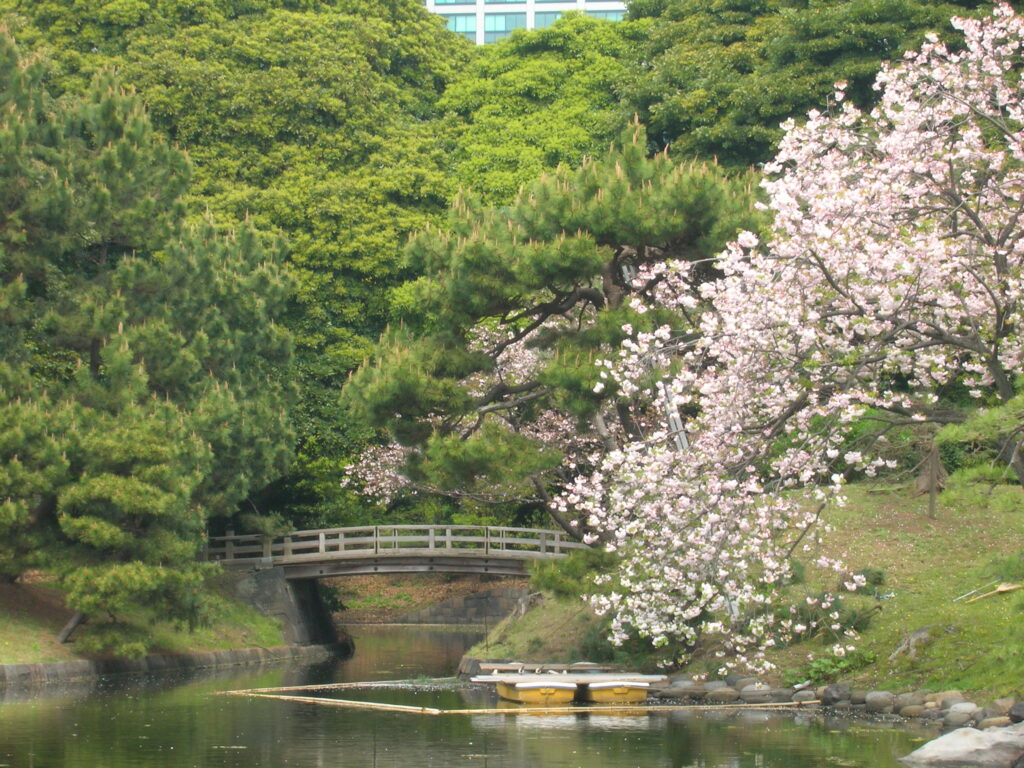
But really, you can see sakura everywhere
I should add that hanami has become so popular, the cherry-blossom season is the most crowded time to visit Japan, with hotel prices to match (the viewing of autumn leaves has also become hugely popular).
Luckily, opportunities for hanami are spread throughout the country, so it doesn’t matter where you go. If it’s the season, you’re going to see them everywhere. To the Japanese, spring just wouldn’t be the same without cherry blossoms.
